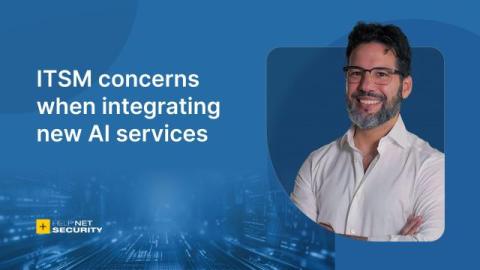Depreciation of IT Assets: Definition, Types & Calculation
Have you ever wondered how businesses manage the value of their technology over time? The depreciation of IT assets plays a crucial role in this process. As technology evolves rapidly, understanding how to account for the decline in value of these IT assets becomes essential for financial health and strategic planning.











